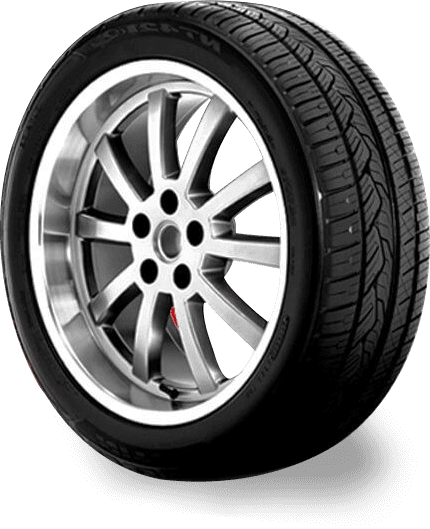
Nov . 21, 2024 19:20
Back to list
pressure reduction skid
Pressure Reduction Skid An Overview
In various industrial applications, managing pressure is crucial for safety, efficiency, and product quality. One of the critical technologies used for this purpose is the pressure reduction skid. This piece of equipment plays a significant role in controlling the pressure of fluids (gases or liquids) in pipelines, ensuring that operational requirements are met while mitigating risks associated with excess pressure.
What is a Pressure Reduction Skid?
A pressure reduction skid is a compact unit designed to regulate the pressure of fluids being transported through pipelines. It typically consists of valves, pressure regulators, instrumentation, and sometimes additional components like filters and heaters, all mounted on a single framework or skid. This modular design facilitates easy installation and integration into existing systems, making it an attractive option for many industries including oil and gas, chemical processing, and water treatment.
The skid operates by using pressure-reducing valves that can be manually or automatically adjusted to maintain a desired output pressure, regardless of fluctuations in inlet pressure. By mitigating high-pressure scenarios, it helps protect downstream equipment, enhances system reliability, and ensures that processes remain within operational specifications.
Applications of Pressure Reduction Skids
1. Oil and Gas Industry In oil and gas production and transportation, pressure reduction skids are essential for maintaining safe and efficient operations. They regulate the pressure of natural gas and crude oil before it enters processing facilities or distribution pipelines. This prevents damage to sensitive equipment and ensures compliance with safety standards.
2. Chemical Processing Many chemical processes require specific pressure conditions for optimal production. Pressure reduction skids are employed to maintain these conditions, helping to reduce the risk of hazardous incidents and ensuring product quality.
pressure reduction skid

Benefits of Using Pressure Reduction Skids
The deployment of pressure reduction skids offers several advantages
- Safety By managing pressure effectively, these skids help prevent accidents related to over-pressurization, such as equipment failure or pipeline ruptures.
- Efficiency Maintaining optimal pressure conditions leads to improved process efficiency and better energy management. This can translate to significant cost savings over time.
- Modularity The skid design allows for easy transport and installation, enabling companies to quickly implement solutions in various environments without extensive retrofitting.
- Customization Pressure reduction skids can be tailored to specific applications and requirements, ensuring that they meet the unique needs of different industries.
Conclusion
In conclusion, pressure reduction skids serve as a vital component in managing fluid pressure across numerous industries. Their ability to regulate pressure ensures safe, efficient, and reliable operations, making them indispensable in sectors such as oil and gas, chemical processing, and water treatment. As industries continue to evolve and seek safer, more efficient methods of operation, the role of pressure reduction skids will undoubtedly grow, solidifying their importance in modern engineering and industrial processes. Embracing this technology can lead to enhanced operational efficiency, reduced risks, and increased overall productivity, paving the way for advancements in industrial practices and safety standards.
Next:
Latest news
-
Safety Valve Spring-Loaded Design Overpressure ProtectionNewsJul.25,2025
-
Precision Voltage Regulator AC5 Accuracy Grade PerformanceNewsJul.25,2025
-
Natural Gas Pressure Regulating Skid Industrial Pipeline ApplicationsNewsJul.25,2025
-
Natural Gas Filter Stainless Steel Mesh Element DesignNewsJul.25,2025
-
Gas Pressure Regulator Valve Direct-Acting Spring-Loaded DesignNewsJul.25,2025
-
Decompression Equipment Multi-Stage Heat Exchange System DesignNewsJul.25,2025

